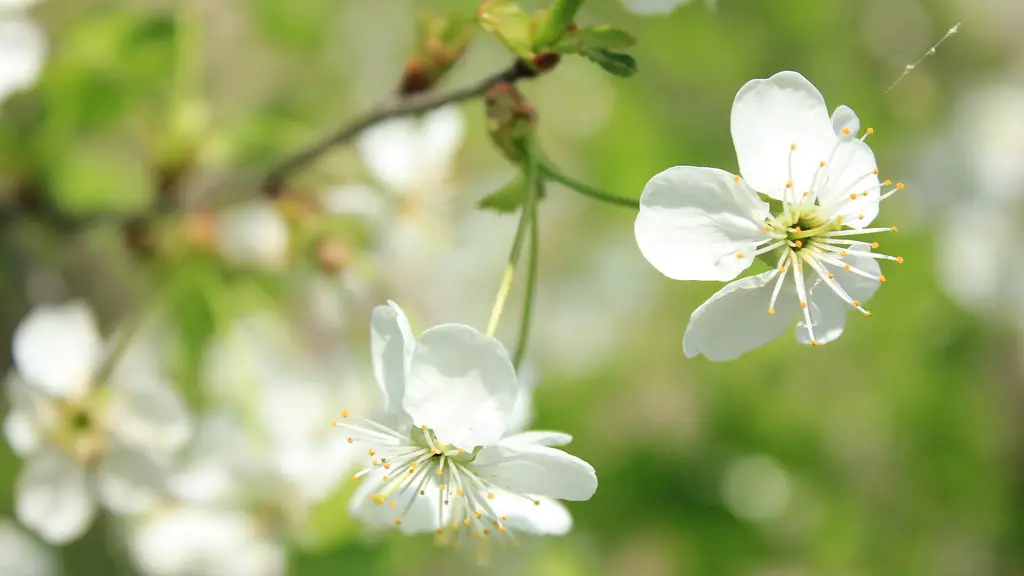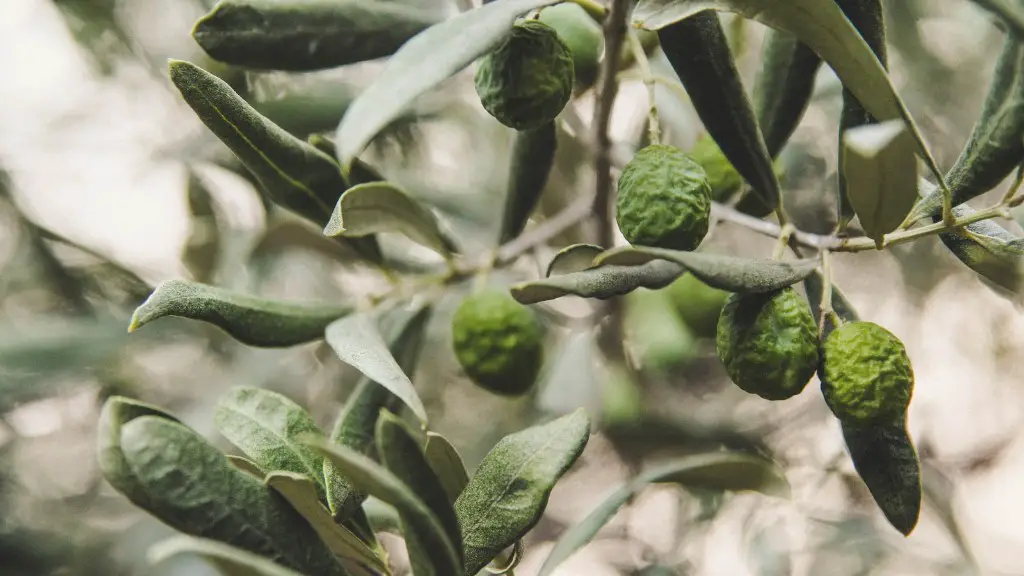What Type of Sunlight Does a Cherry Tree Need?
The question of how much sun a cherry tree needs is one that many gardeners ask. While the simple answer is that a cherry tree needs full sun, there are some nuances of which gardeners should be aware.
Sun Requirements for Growing Healthy Cherry Trees
A cherry tree needs an abundant and consistent supply of sunlight, preferably 6-8 hours of direct sunshine per day, and preferably in the late morning and early afternoon hours when the sun is at its hottest. This is necessary because the cherry tree’s roots require a regular supply of nutrition, moisture and energy in order to develop and take up vital nutrients. Additionally, a cherry tree with access to more sunshine is more likely to receive a more diversified and ample pollination, thus creating the larger and tastier fruits.
That being said, too much sunlight can be damaging to the cherry tree. Extreme sunlight can increase the chance of sunburn and scorching, reducing the quality of the fruit and leaving it vulnerable to pests. For this reason, gardeners should always be aware of their own local conditions and pay attention to the parts of the day when the sun is strongest to gauge an ideal level of sunlight for their particular tree.
Factors To Consider When Planting a Cherry Tree
When selecting and planting a cherry tree, there are certain factors that need to be taken into account in order to provide the necessary environmental conditions for optimal growth. Some of these factors include: soil quality, soil fertility, wind exposure, and temperature. If a cherry tree is planted in an area with poor soil or too much wind, for example, then the growth of the tree could be stunted, reducing its ability to take up adequate moisture and nutrition and in turn reducing the quality of the fruit it produces. Some cherry trees are also more tolerant of cooler conditions while others are more in need of warmth, so selecting the right variety of cherry tree is important.
Tips on Choosing and Planting the Right Cherry Tree
• Choose the right variety of cherry tree based on the climate in your area.
• Plant in an area with rich, well-draining soil.
• Place the cherry tree in an area that gets full sun during the late morning and early afternoon.
• Provide adequate shelter from strong winds.
• Mulch around the tree during the warmer months to promote healthy root growth.
• Ensure that the tree has enough room to grow without overcrowding or competing with other trees.
Watering and Pruning Cherry Trees
Watering is an important factor in cherry tree growth and maintenance. During its first few years, the cherry tree should be given ample water throughout the growing season. Once its roots have established, however, the tree should be watered more moderately during its growth season. Pruning is also important for cherry tree health as it allows the tree to focus energy on producing quality fruit and not on growing more branches. When pruning, gardeners should focus on removing older branches that are not producing adequate amounts of fruit while nurturing any new shoots on the tree.
Soil Types For Cherry Trees
As previously mentioned, the type of soil a cherry tree is planted in can greatly affect its growth and production. The ideal soil for a cherry tree is one that consists of well-drained clay, loam or sandy soil with pH levels between 6.0 and 7.0. Gardeners should also consider adding organic matter, such as compost or peat moss, to the soil for nutrient-rich growth.
Fertilizing Cherry Trees
Fertilizing a cherry tree is an important part of its growth and production. When fertilizing, gardeners should use a balanced fertilizer with equal parts nitrogen, phosphorus, and potassium. The fertilizer should be applied twice a year, once during the spring just before budbreak and once in the late summer or early fall when the fruits are beginning to ripen.
Pest and Disease Control For Cherry Trees
Cherry trees are vulnerable to a variety of pests, including aphids, scales, thrips, spider mites, and borers, as well as various diseases. To prevent and manage pests and diseases, gardeners should carefully monitor the trees and take preventative measures, such as removing dead or dying branches and applying pesticide sprays and insecticides when needed.
Harvesting Cherry Trees
Gardeners should harvest their cherry trees when the fruits are fully ripe and of the best quality. Ripe cherries will usually appear deep red in colour and should not be hard to the touch. The fruits can be picked with a bucket or a fruit picking pole. For larger harvest, gardeners may wish to consider using a fruit tree net to catch the cherries as they fall off the tree.


